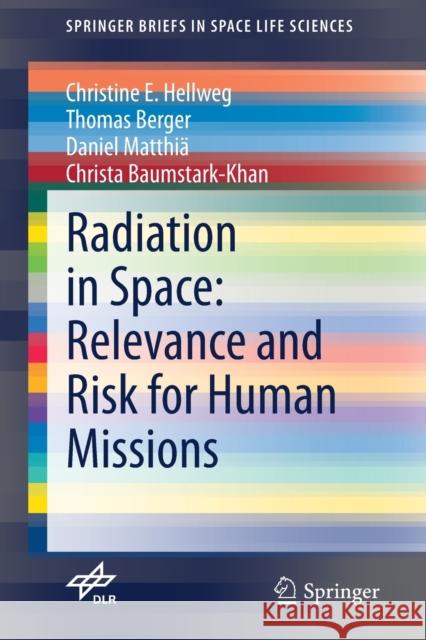Radiation in Space: Relevance and Risk for Human Missions » książka
topmenu
Radiation in Space: Relevance and Risk for Human Missions
ISBN-13: 9783030467432 / Angielski / Miękka / 2020 / 111 str.
Kategorie BISAC:
Wydawca:
Springer
Seria wydawnicza:
Język:
Angielski
ISBN-13:
9783030467432
Rok wydania:
2020
Wydanie:
2020
Numer serii:
000771413
Ilość stron:
111
Waga:
0.20 kg
Wymiary:
23.39 x 15.6 x 0.74
Oprawa:
Miękka
Wolumenów:
01
Dodatkowe informacje:
Wydanie ilustrowane











